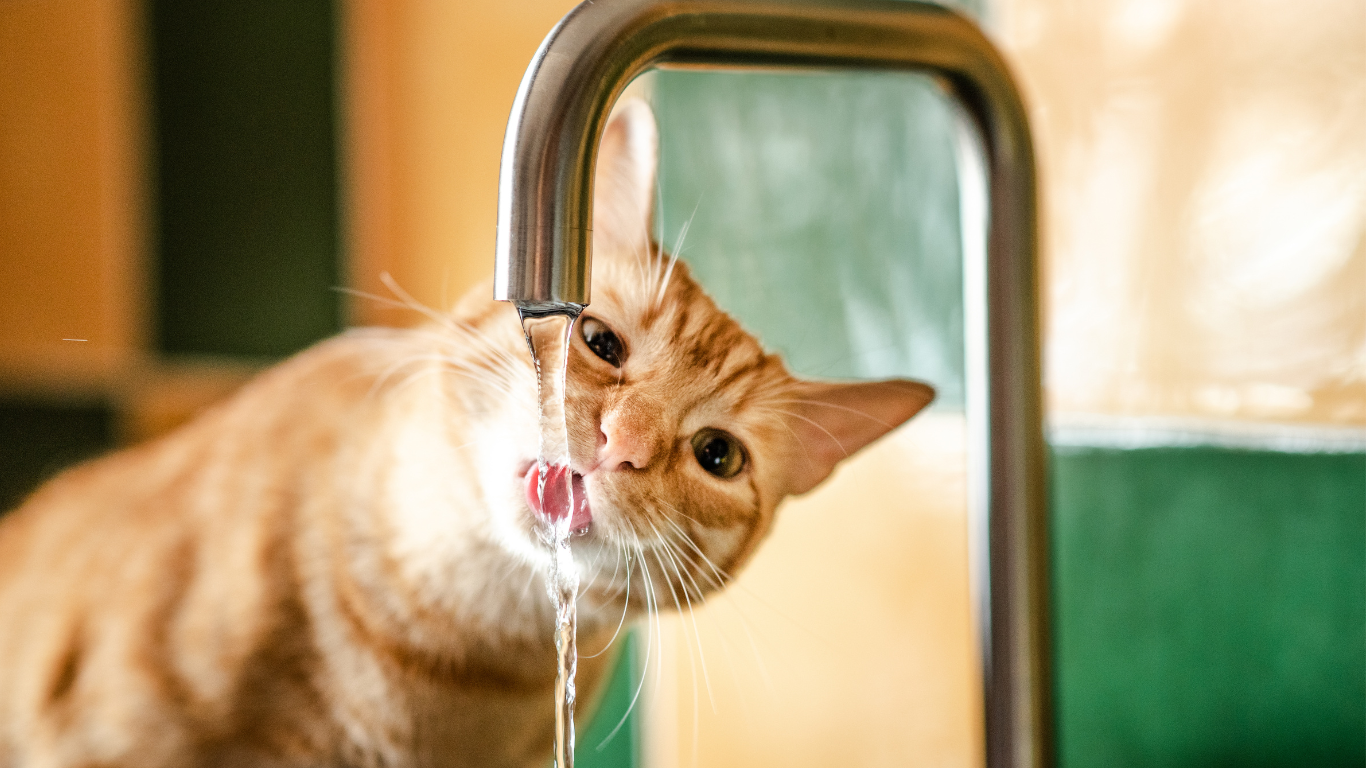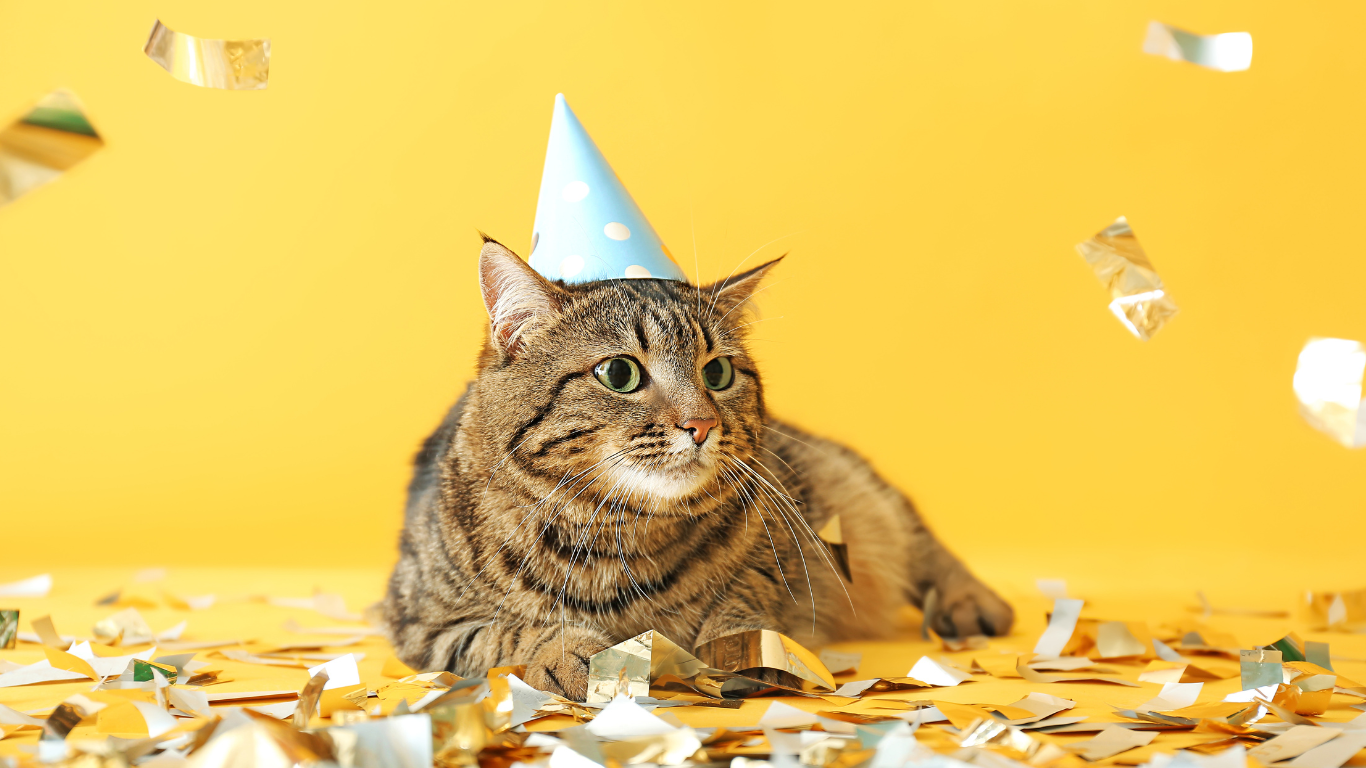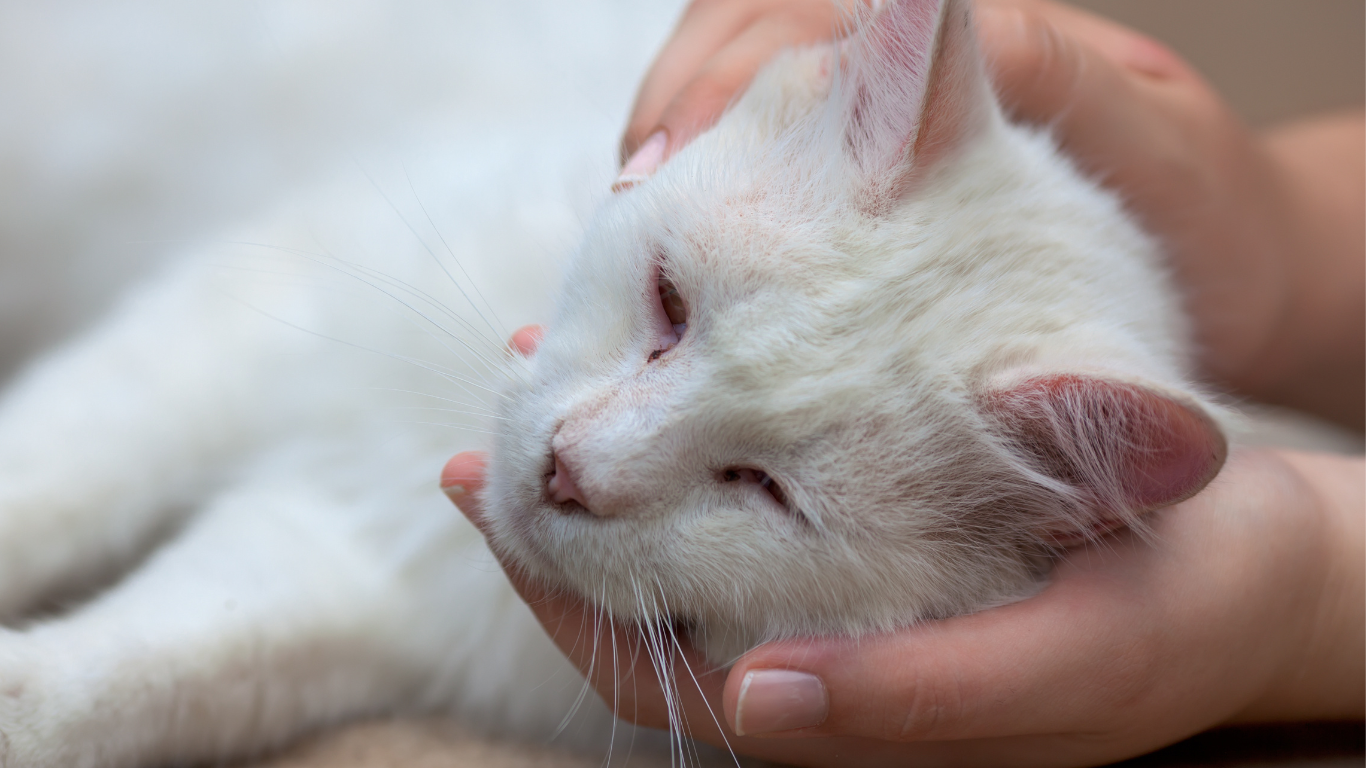
If a cat is unusually thirsty, which leads to a significantly increased water intake, this is called polydipsia. This causes increased urine production, called polyuria, which subsequently leads to increased urination.
In this article we will explain to you what health problems could be behind it and how best to treat your tiger.
Causes of polydipsia and polyuria in cats
- Diabetes mellitus : A condition in which blood sugar (glucose) levels are elevated due to a lack of insulin, which normally transports dietary sugar from the blood into the body's cells. Due to the increased glucose concentration in the blood, more glucose is excreted in the urine. The sugary urine draws more water out of the body, causing increased urine output. This creates an increased feeling of thirst.
- Diabetes insipidus: In this rare metabolic disease, also known as hydrouric dysentery, the kidneys are unable to concentrate urine by depriving it of water. The cause is a lack of effect or a deficiency of the so-called antidiuretic hormone (ADH). There is therefore no connection with diabetes mellitus, in which the production or processing of insulin is disturbed.
- Kidney disease : Chronic kidney disease (CKD) in cats is the most common kidney disease in cats and occurs more frequently with increasing age. From the age of twelve, around 50 percent of cats show chronic kidney failure. As the disease progresses, kidney function becomes increasingly damaged due to damage to the so-called nephrons (functional subunit of the kidney), which means that urine can no longer be concentrated. The so-called special Weight of urine decreases, which can be measured in urine as an indicator of the severity of CKD. This in turn leads to increased drinking and urination. If more than 75 percent of the nephrons are destroyed, it is called azotemia. The International Renal Interest Society (IRIS) distinguishes internationally between four different stages of azotemia based on specific changes in the blood and urine.
- Hyperthyroidism : The thyroid gland is located on the right and left of the cat's neck and produces the so-called thyroid hormones, which significantly influence the cat's metabolism. An overactive thyroid can lead to increased thirst and increased urine production. In addition, the cats are often restless, show strong appetite when losing weight, have shaggy fur and vomit and/or diarrhea.
- Urinary tract infections : Inflammation or infections in the urinary tract can sometimes lead to increased urination and thirst, but usually show other symptoms. A urine test is of great importance for both the urinary tract infection and the other diseases mentioned because it provides a lot of information on how to differentiate between the different diseases.
- Liver Diseases : The liver has many important roles in the body, including assisting with digestion, storing nutrients, and removing toxins. Liver diseases occur much less frequently in cats compared to kidney diseases and diabetes, but require special attention because they are serious diseases. Detecting liver disease as early as possible is crucial for appropriate treatment and eventual recovery of the cat.
Symptoms of polydipsia and polyuria in cats
- Polydipsia (increased thirst) : The cat drinks a lot of water
- Polyuria (increased urination) : Frequent or increased urination
- Possibly weight loss, increased eating or loss of appetite
- Strong mouth odor with cheesy deposits on the teeth
- Fatigue, vomiting, dehydration, increasingly shaggy fur
- Yellowing of the skin, gums or conjunctiva
- Coordination disorders
- Loss of vision
Diagnosis and treatment of polydipsia and polyuria in cats
A thorough examination by a veterinarian is crucial to determine the exact cause. Diagnostic tests such as blood tests, urinalysis, ultrasound or other imaging procedures can be used and lead to the diagnosis through various changes.
Treatment depends on the underlying cause. This may include medication, special diets, fluid therapy, or other measures. In the case of diabetes mellitus, for example, insulin therapy and an adjusted diet may be necessary. For kidney disease, special diets and medications can help slow the progression of the disease.
Prognosis of polydipsia and polyuria in cats
The prognosis depends largely on the underlying cause and timely treatment.
For some diseases such as diabetes mellitus, a good prognosis can be achieved if treatment is started early and regular check-ups are carried out.
In other, more advanced diseases such as chronic renal failure, the prognosis may be less favorable, although symptomatic treatment may improve quality of life.
It is crucial to take any changes in your cat's drinking and urinary behavior seriously and see a veterinarian for an accurate diagnosis and appropriate treatment.










